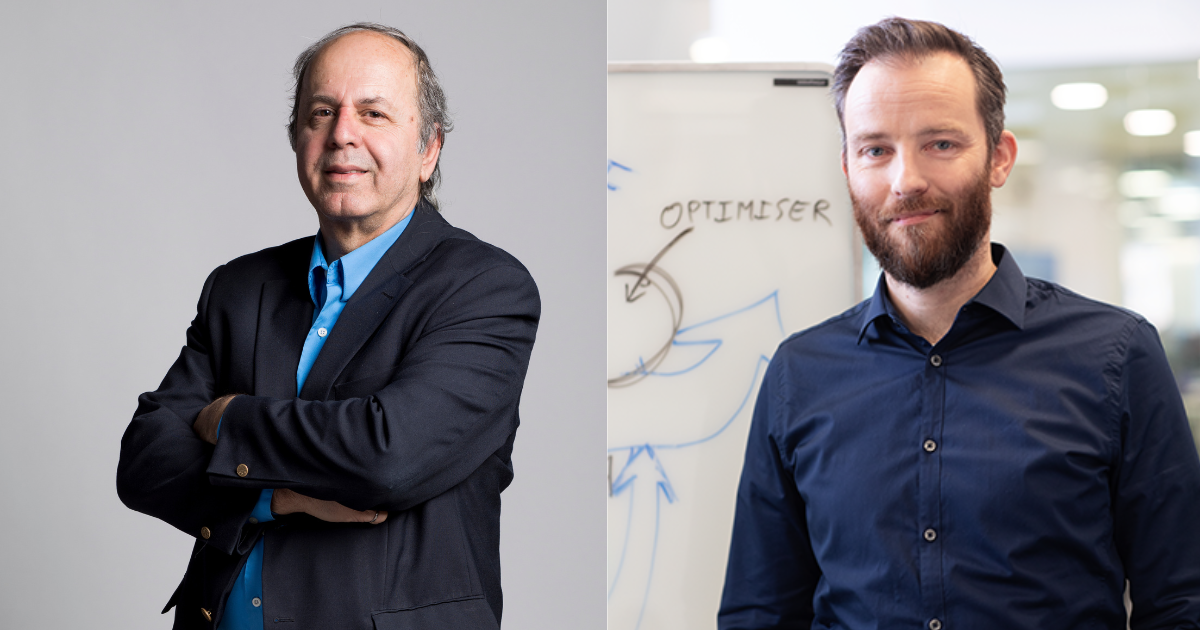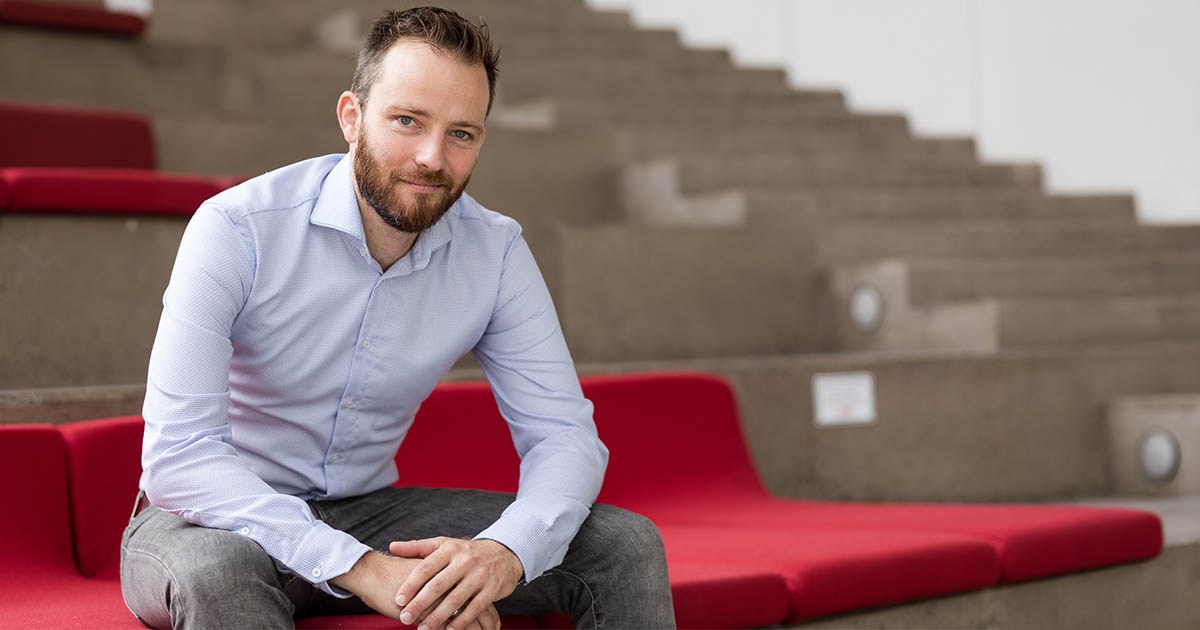When Brain Research Ignites Engineering
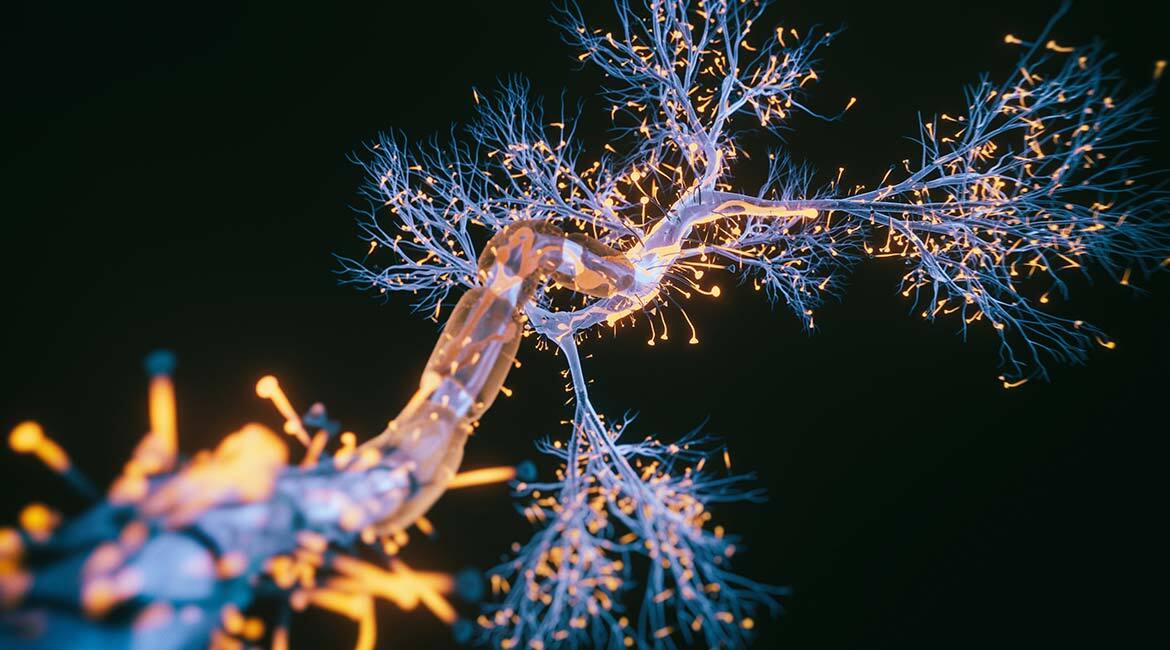
Purchased on Gettyimages.com. Copyright.
The brain is one of the most complex organs in the human body. Essential for both cognition and motor systems, failures can lead to severe consequences, hence the importance of research in preventing, detecting and treating brain pathologies.
This research, far from being limited to medicine, covers several fields, including engineering. At ÉTS, researchers have made this their field of interest. We present a few of them here.
Prevention is Better than a Cure
Having been trivialized for a long time in some sports, concussions are fortunately taken very seriously today. Sports like American football are well known for their risk of concussion to the players; however, protective helmets have not changed much in recent years. The protection they provide is clearly insufficient because the fit between the player’s head and the helmet is not optimal, and the protective pads fail to redirect impact energy in strategic directions.
Éric Wagnac and Yvan Petit, professors at ÉTS, joined the Kollide consortium to participate in the NFL Helmet Challenge, a competition aimed at developing a new, better-performing helmet. Kollide won the competition along with two other teams. The Kollide team is now working to bring their prototype to market.

American football certainly does not have a monopoly on concussions. Other sports, like soccer, cause a surprising number of head injuries. These injuries occur as a result of unintentional impacts (collisions between players) or intentional impacts (head techniques). After studying head accelerations during games, a research team at ÉTS concluded that the sport has a significant number of head impacts and identified head techniques as the most likely to cause head injuries.
Interpreting Medical Images and Brain Signals
Medical images, as provided by MRIs, are the ultimate tool for detecting many brain-related diseases. However, this powerful tool is hampered by the limited number of radiologists—specialists trained to interpret the images and make a diagnosis. Researchers at ÉTS are developing artificial intelligence algorithms that can automatically diagnose a wide range of pathologies to accelerate image processing.
For example, ÉTS professor Matthew Toews developed an algorithm that significantly increases stroke diagnostic capabilities. He also led a team that characterized white matter in the brain to extract a brain fingerprint unique to each individual.
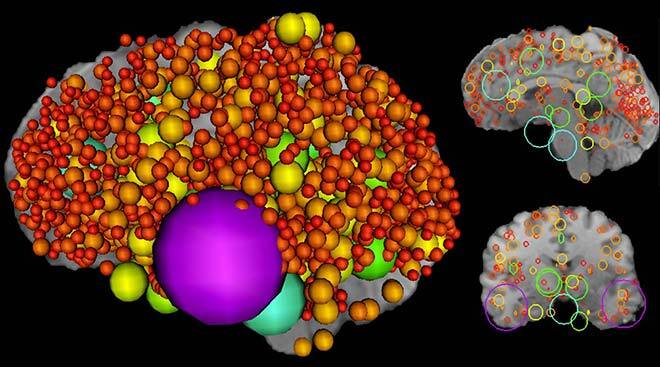
Another ÉTS research group tackled a major issue: detecting brain tumours on medical images with artificial intelligence algorithms when these lesions are several orders of magnitude smaller than the healthy part of the brain. Instead of trying to predict the pixels, they focused on the ground truth contour; smaller tumours were spotted, and learning proved more stable.
Another researcher, Sylvain Bouix, also wants to facilitate MRI interpretations, this time in the field of mental health. He is developing tools that will help neuroscientists understand what is going on in the human brain.
Other researchers like Jean-Marc Lina are creating algorithms to estimate brain activity from non-invasive electromagnetic measurements taken around the head. Specifically, he is analyzing characteristic brain mechanisms that occur during sleep.
Analyzing Speech to Assess Alzheimer’s
Finally, research teams at ÉTS developed algorithms that analyze speech to detect Alzheimer’s disease and its progression. Professor Sylvie Ratté’s computational method is based on the analysis of image descriptions made by elderly people. Rachel Bouserhal is capturing speech and other physiological signals through an advanced intraocular device worn on a permanent basis. The ultimate goal of her research is the early detection of individual cognitive changes. Analysis of non-verbal language by artificial intelligence is also being explored to better analyze the needs of people with loss of autonomy.
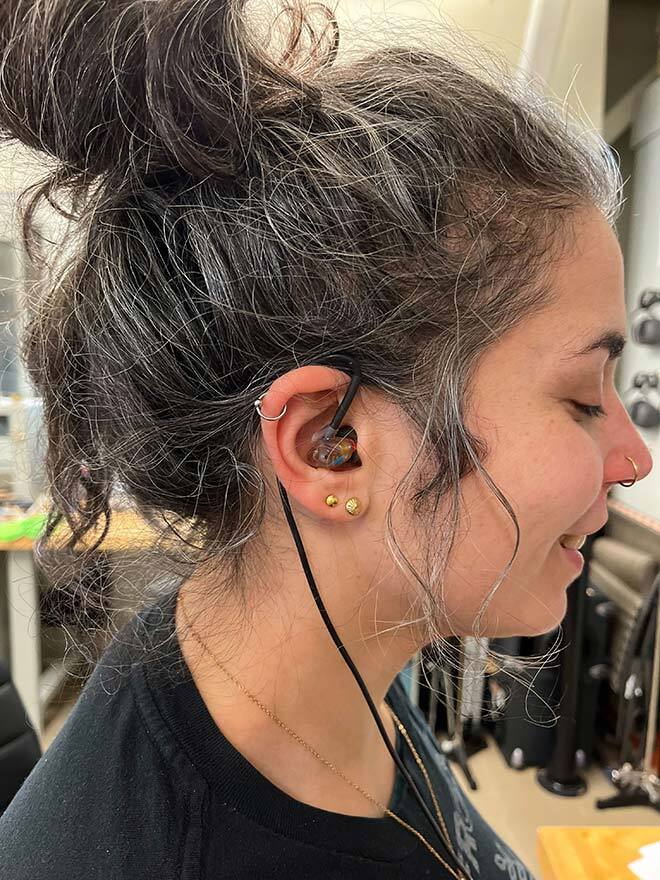
Treat Better, Earlier
As the population is ageing, brain research is becoming essential. We need to detect pathologies earlier to slow their progression, or even cure them, to preserve autonomy and quality of life as long as possible.

